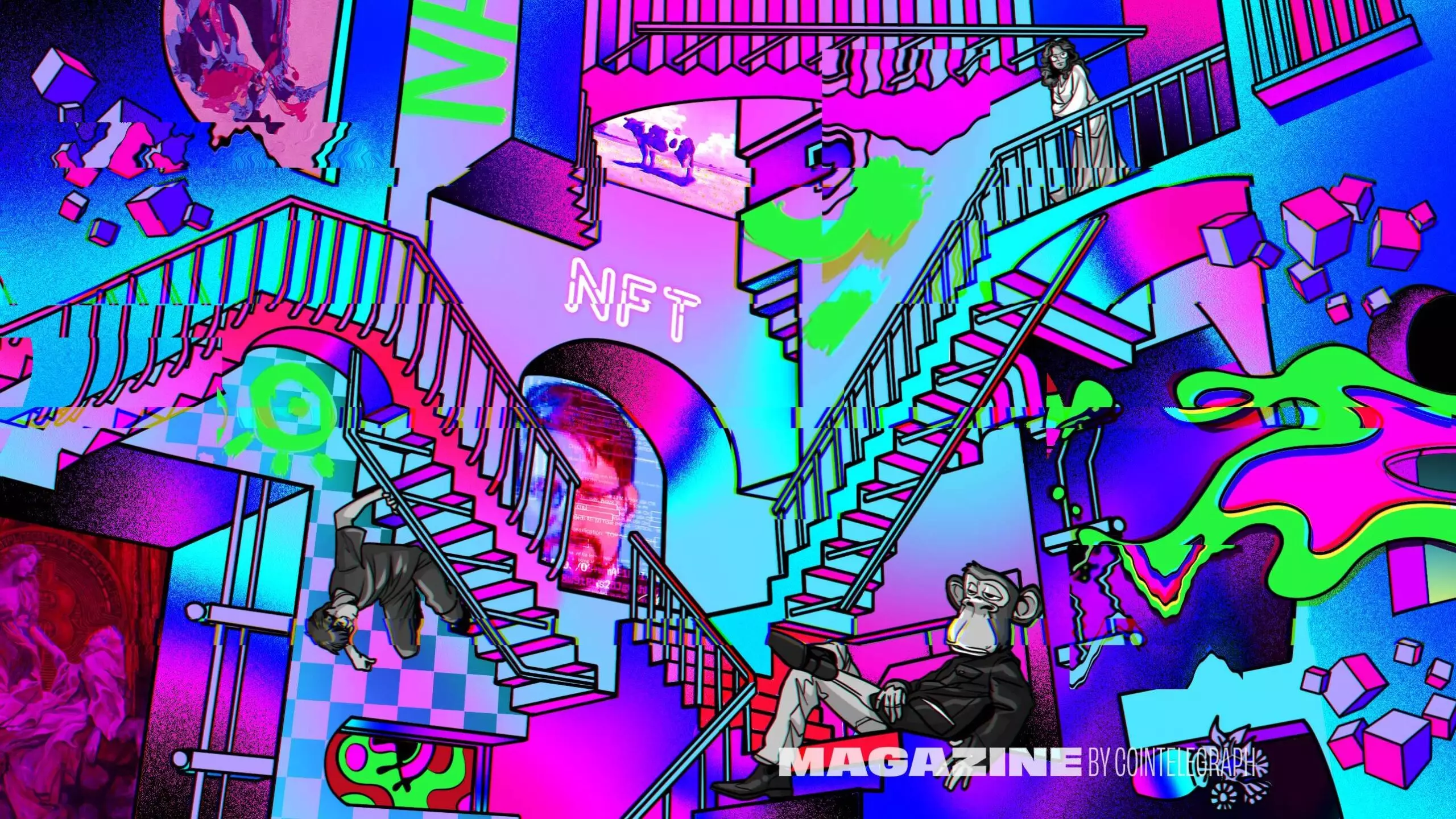The world of NFTs has recently ignited a spark in the minds of collectors and fans, particularly in the realm of music collectibles. While music hasn’t quite had its moment in the sun like the art market or the PFP mania of recent years, the concept of collectible on-chain music feels inevitable. In this article, we will explore the history of music collecting, the potential of on-chain music, and the opportunities it presents for musicians and collectors.
The Evolution of Music Collecting
Collecting music is nothing new. Over the years, we have seen various iterations, from vinyl to cassettes, CDs, and digital tracks. With the advent of streaming services like Spotify, the need for physical music collections seemed to diminish. However, people still collect music for reasons such as nostalgia, supporting artists, social signaling, and showcasing their personal taste.
On-chain music, the next major platform in the history of music formats, opens up a range of new opportunities for musicians and collectors. While it’s unlikely that traditional streaming services will disappear anytime soon, putting music on the blockchain allows fans to directly support their favorite artists. This direct connection between artists and fans can potentially revolutionize the music industry, especially for independent artists who may not benefit much from conventional streaming platforms.
Examples of On-chain Music Success
Several artists have already embraced the potential of on-chain music. Artists like Daniel Allan and Violetta Zironi have made names for themselves by leveraging the opportunities provided by Web3. Zironi, for instance, generated over 325 ETH in sales through her project “Moonshot” on OpenSea alone. These early success stories highlight the power of on-chain music in empowering artists and connecting them with their fan bases.
The Visual Aspect of On-chain Music
With the collaborative nature of NFTs, there is a possibility that the visual aspect of music, once emphasized through iconic album covers, may make a comeback. NFTs allow for the creation of unique visual artwork to accompany music, enhancing the overall experience for fans. We have already seen examples of collaborations between prominent figures like Snoop Dogg and Coldie, which combine visual art with music in the NFT space.
The NFT space has seen the rise of influential artists like Hackatao, who have had significant success with their distinct style. Hackatao’s experimentation and innovation have led to the launch of projects like Queens+Kings, which introduced tradable traits to PFP collections. These artists exemplify the spirit of creativity and exploration within the nascent NFT space.
The Popularity of NFTs in the Zeitgeist
NFTs have made their mark on popular culture, as evidenced by The Simpsons featuring NFTs from various collections in one of their posters. While the NFT market may currently be in a bear market, the presence of NFTs in mainstream events and media indicates their lasting impact.
The rise of on-chain music presents a new frontier for music collectors and artists alike. With the power of NFTs, artists can directly engage with their fan bases while creating unique visual experiences to accompany their music. While the future of on-chain music remains uncertain, it is clear that this emerging platform has the potential to reshape the music industry and how we collect and consume music in the digital age.


Leave a Reply